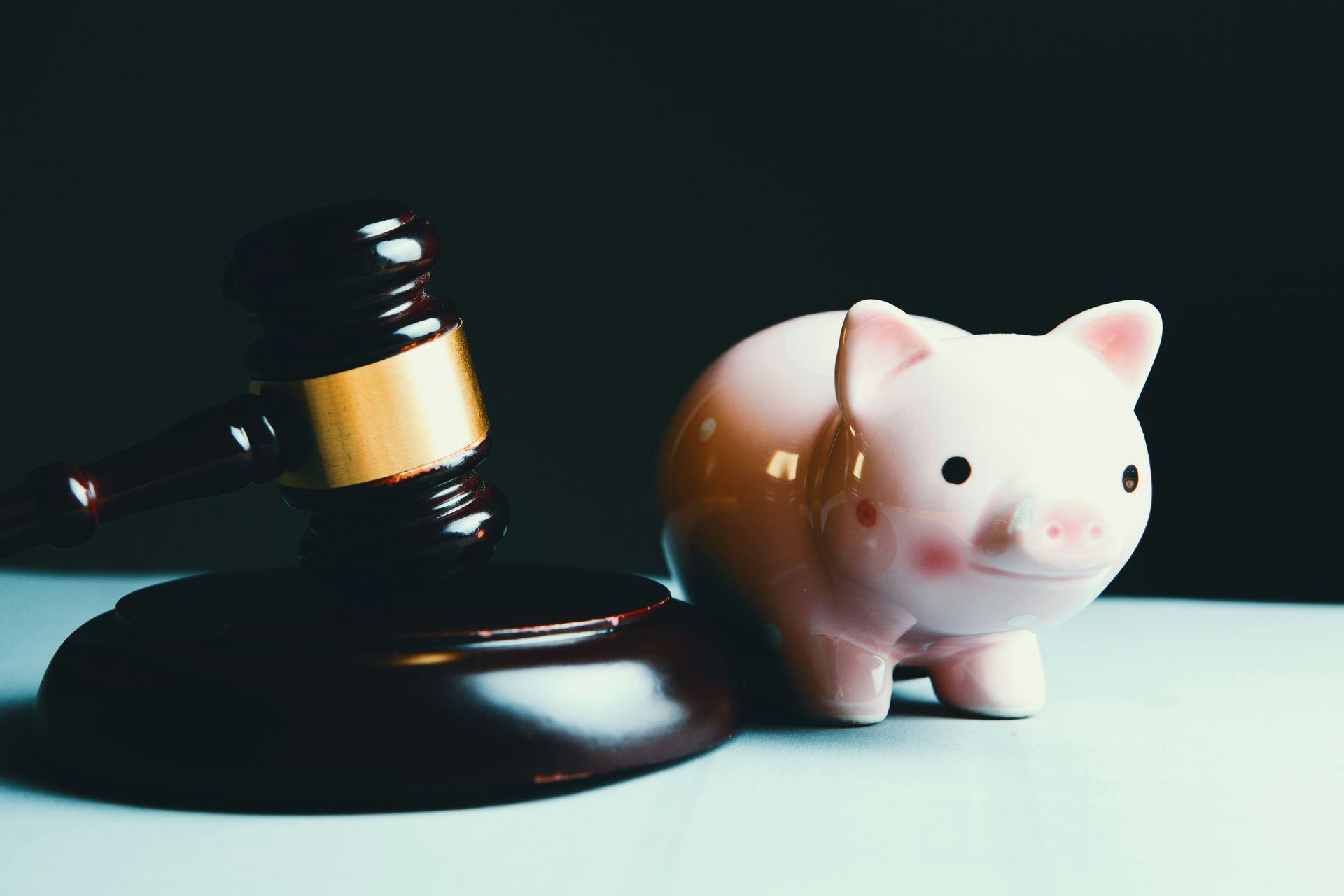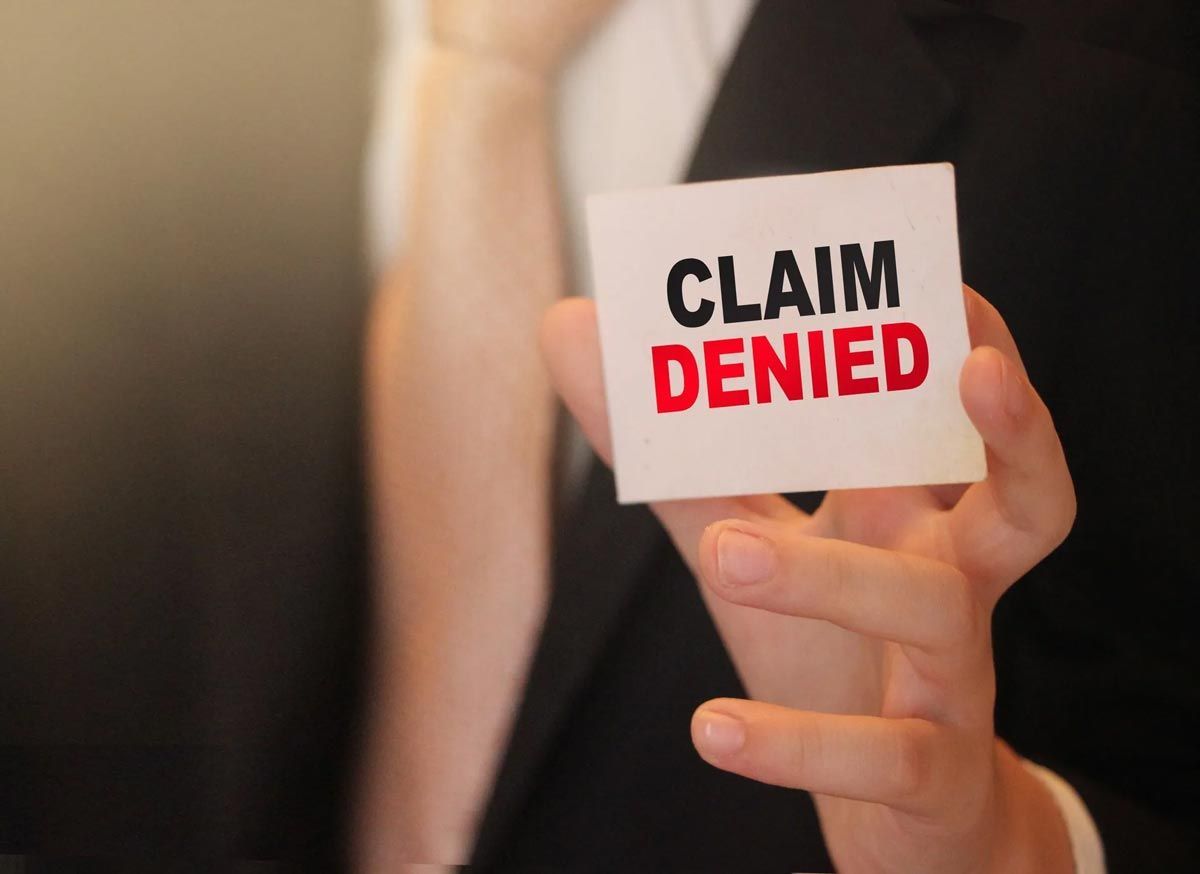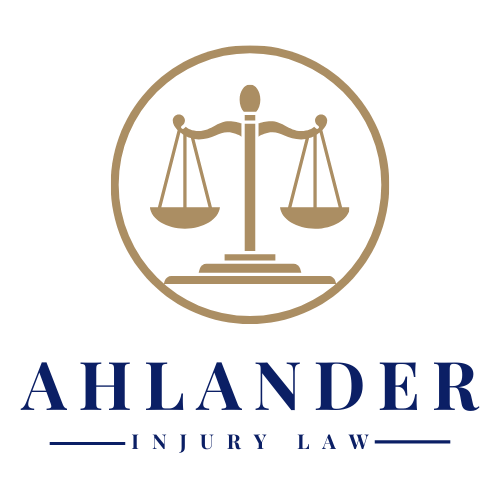What to Do After a Workplace Injury
While there are measures taken to prevent them, workplace injuries still occur. If you have been injured on the job, it’s important that you know what steps to take next. Your actions will determine whether or not you receive any benefits.
File an Accident Report
Once you have been injured, it is essential that you file an accident report. This report will stand as evidence that the incident occurred. Without a report, your employer may claim that the injury occurred outside of work and you won’t receive any benefits. When you file a report, make sure you provide all the important details including how the injury occurred and what may have caused it. It may be in your best interest to have a witness present as you file this report and you should file it in writing. While this report is primarily a benefit to you, it can also provide your employer with information on how to prevent similar incidents in the future.
Seek Medical Attention
Obviously, if you are injured you should make sure you seek proper medical attention. It is also essential to do this as soon after the injury as possible. First, this helps you to recover faster and address the injury. Receiving medical attention quickly will also protect your rights as an employee. If you wait too long to receive vare, your employer can use it to claim your injury was not work related. The medical treatment you will receive also impacts your workers’ compensation, so you should be thorough in your treatment.
Understand Your Workers’ Compensation
If you are injured on the job, you are entitled to workers’ compensation. This compensation will cover any medical expenses and other effects of the injury. While you are entitled to this compensation, it’s important for you to understand it thoroughly. One of the main things to be aware of is what is actually covered by your workers’ compensation. For example, chiropractic services are not always covered. In some cases, it may be helpful to hire an attorney to help you navigate your workers’ compensation. Your attorney can make sure you are not rushed through the process and that you are receiving full benefits.
A workplace injury is very serious and you need to take action immediately. Doing so will help you to receive all the benefits you are entitled to. Make sure you understand everything you need to do after you’ve been injured.
If you have suffered a workplace injury, consider contacting an attorney .
The post What to Do After a Workplace Injury appeared first on Ahlander Injury Law.





